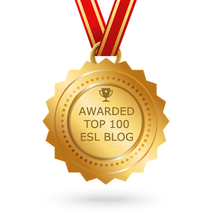|
On May 11, I had the honor to sit in a virtual room with THE Regie Routman about teaching readers NOT teaching reading. Yes, we carefully thought that out because we both believe the center of instruction should be around children always. I'm delighted to share this conversation with you.
2 Comments
Last year, I wrote about what I was currently listening to, reading, writing, and viewing. I thought it was a good time to share again. And I’d love to learn about yours!
If you teach reading you have probably heard of the “Reading Wars”. And if you haven’t, then perhaps you don’t even need to read any further. For those that have, you might feel confused. I, for example, question why we have to “be at war” with colleagues or pick a side. I don’t want to be at war or pick a side. But the tension on Twitter and Facebook is real.
In essence the debate is about how best to teach reading to students. But many educators wonder if we can believe in both balanced literacy and the science of reading? In the last post the focus was an overview of literacy components. This article will zoom in on just the mini lesson. The goals are to:
The next few posts will be related to one another regarding the topic of literacy instruction as it pertains to English learners. The focus will be specifically on supporting English learners in English Language Arts classrooms and accommodating instruction and materials to promote growth and success.
But let's begin by setting the foundation for our work with some common definitions or terms. When I was in elementary school, I was an English learner. I remember vividly sitting in reading block with a book. Peering over it to see what everyone else was doing. I used the book as a shield to cover myself so no one would notice that I was lost in DEAR time or sustained silent reading. I couldn't read the book that was in my hands, but I could certainly look like it. I knew how to pretend I was reading. I observed what everyone else was doing and I played along.
For many English learners this is the experience with independent reading. We know that reading is the best way to become a stronger reader. But for English learners this period of the day can be a waste if support is not provided by the teacher. As a co-teacher, you might wonder how co-teaching fits in with the components of literacy. Or you might be a main stream (general education) teacher that has a co-teacher and you wonder how to best utilize two teachers in the room during reading and writing instruction. Many ESL teachers co-teach in classrooms during reading and writing blocks. It's important to know which co-teaching approaches fit best with each component of literacy instruction.
|
Categories
All
|
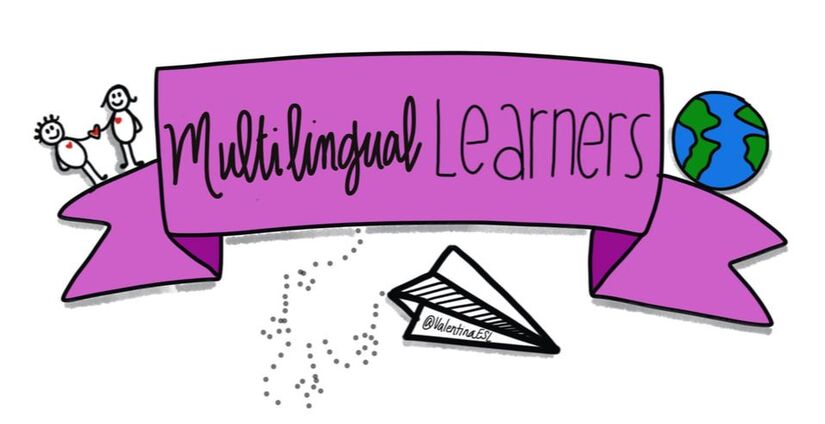
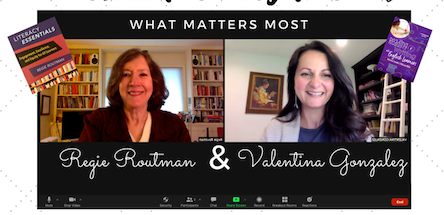
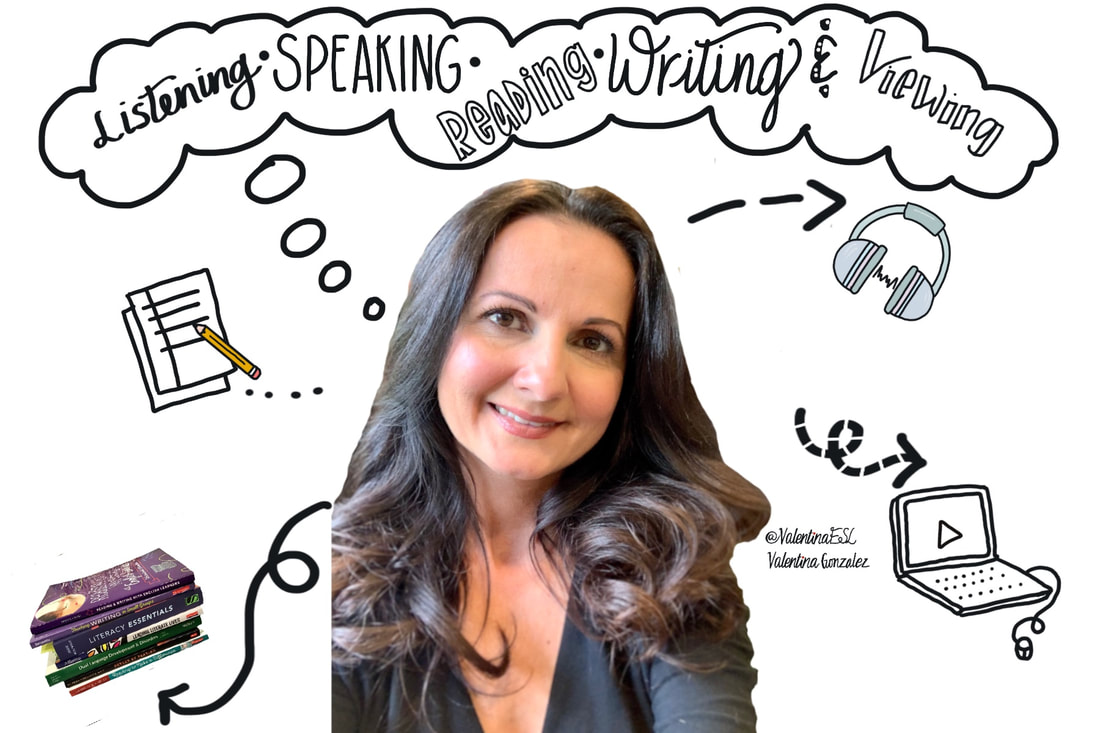
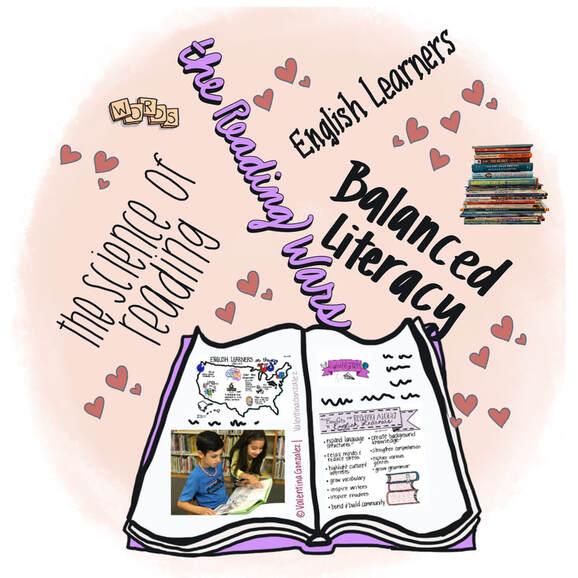
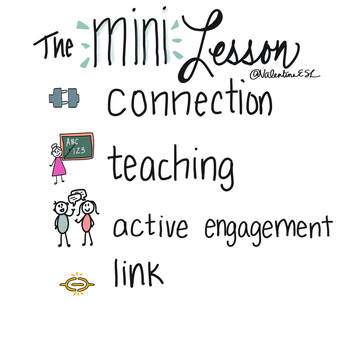
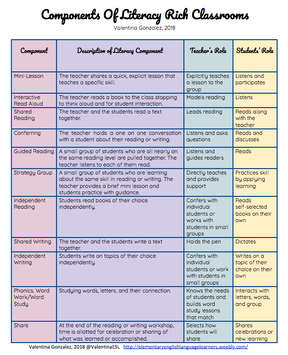
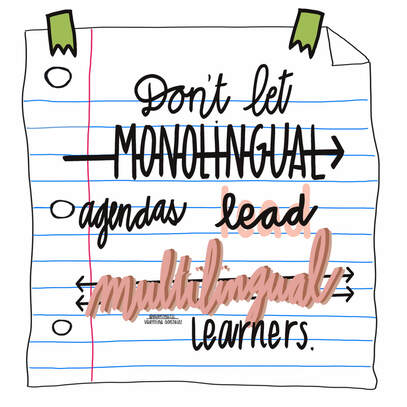
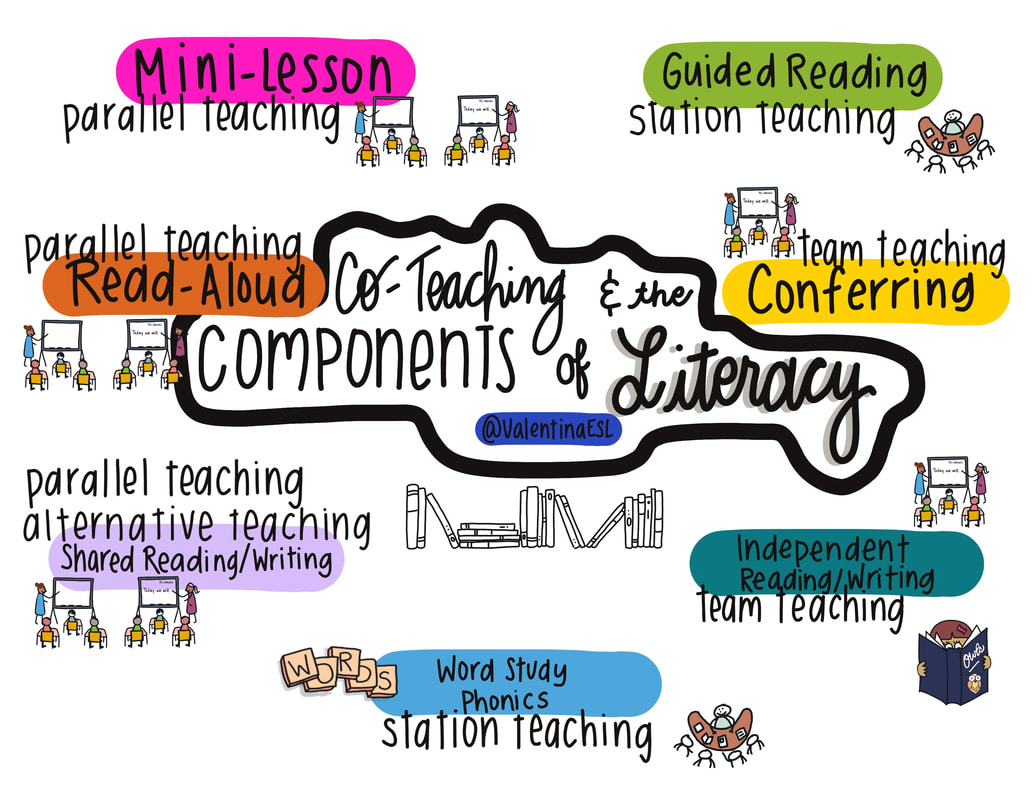
 RSS Feed
RSS Feed
